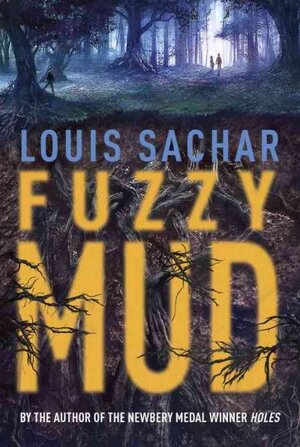 The Blackthorn Key
The Blackthorn KeyKevin Sands
Simon and Schuster, 2015 371 pgs.
Grades 5-7
Historical Fiction/Mystery
Apprentice to a kind apothecary, young Christopher is saved from an uncertain fate as a penniless orphan in 1600's London. Master Benedict has taught him Greek, constantly challenges him with new ciphers, and tolerates the consequences resulting from Christopher's insatiable curiosity and hijinks with his friend Thomas, though not without punishment. London's apothecaries are turning up dead, thanks to, what is thought to be, a cult seeking "The Archangel's Fire" the ultimate weapon in a greedy grab for world power. But who is behind the cult? Master Benedict has secrets of his own that keep him out late at night and whispered conversations with his former apprentice, Hugh. Then both Master Benedict and Hugh turn up murdered. All eyes turn towards Christopher as the murderer. Luckily, Master Benedict has left a secret cipher for him in the shop ledger, which Christopher must decipher in order to clear his name and find out Master Benedict's secrets. He and Thomas start to solve the puzzle, which brings them to unexpected spots in London, all while being followed by the police and members of the cult. Christopher does not know who to trust and when the mastermind of the cult is revealed it comes as a huge surprise to the reader. Does Christopher find the secret behind the Archangel's Fire? Can he clear his name and if so, what will become of him without a master to serve? Who was responsible for Master Benedict and High's deaths? These and other questions will be answered by books end, all while leaving a few threads dangling, leaving room for a sequel.
This is the kind of book I would have loved as a kid. This is the kind of book I still love: mystery, historical fiction, and adventure all rolled into one. The setting is unusual and interesting and is a time period that, I think, will appeal to kids. This is what I call "smart kid fiction"; the kind of book that smart kids eat up. They will enjoy trying to solve the ciphers and be inspired to learn more about coding (and not the computer variety). Christopher is a courageous and intelligent character, whose main flaws are impulse control and unchecked creativity. His flaws turn into assets as he applies all the knowledge he has learned from Master Benedict and, armed with the master's work belt, devises clever solutions to tricky situations. Thomas proves to be a loyal friend and the two boys compliment each other and make a terrific team. Sands writes a tight plot that offers surprises and twists along the way. There are enough characters introduced to allow for suspects and to help move the plot along, but they were all easy to keep straight. The Blackthorn Key will be happily consumed by both boys and girls and should enjoy a long shelf life in the library, making it a recommended investment for youth service librarians. This has been one of my favorite reads this year. I only hope that Sands pens more adventures for Christopher and Thomas, because I'm not ready to say goodbye.






